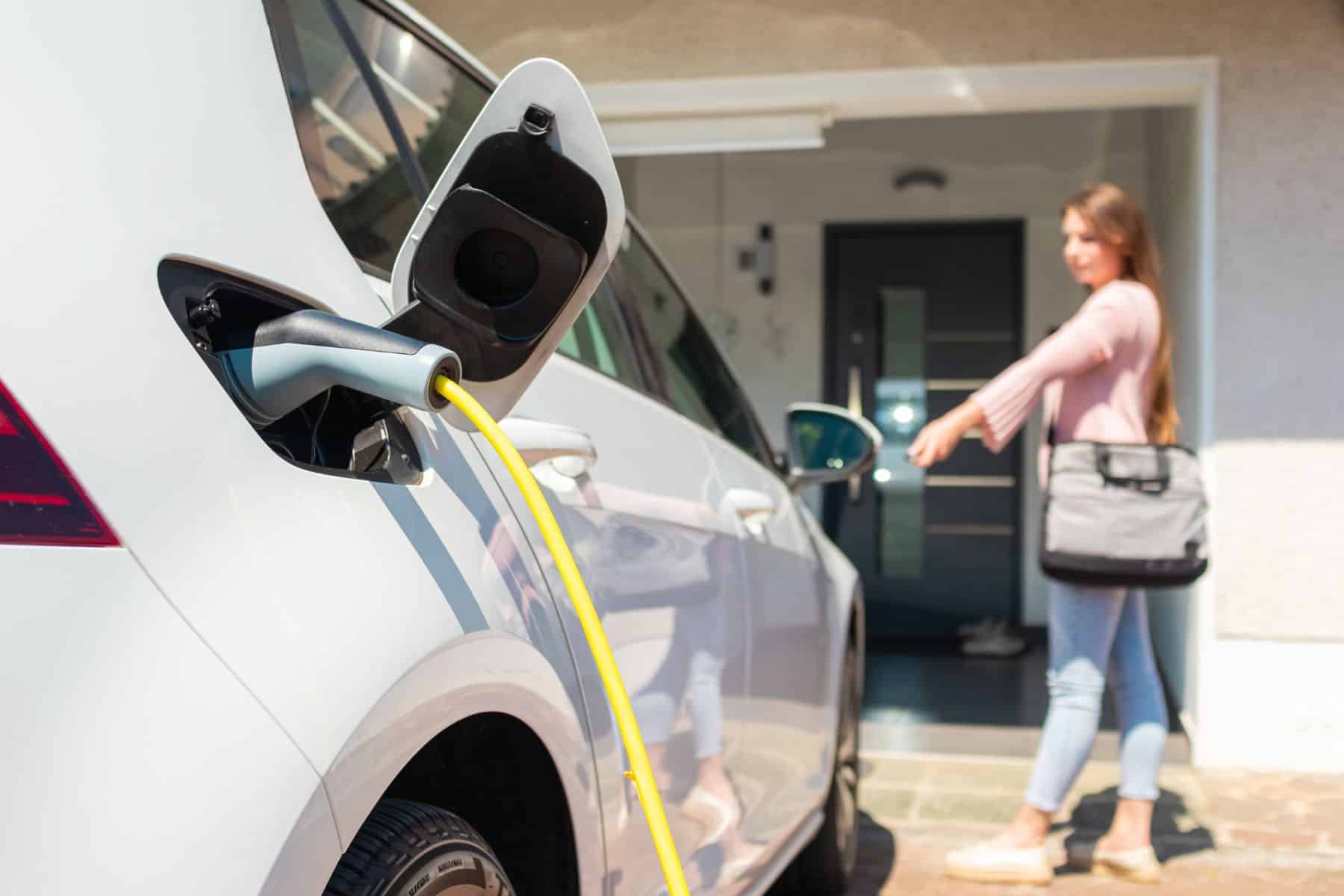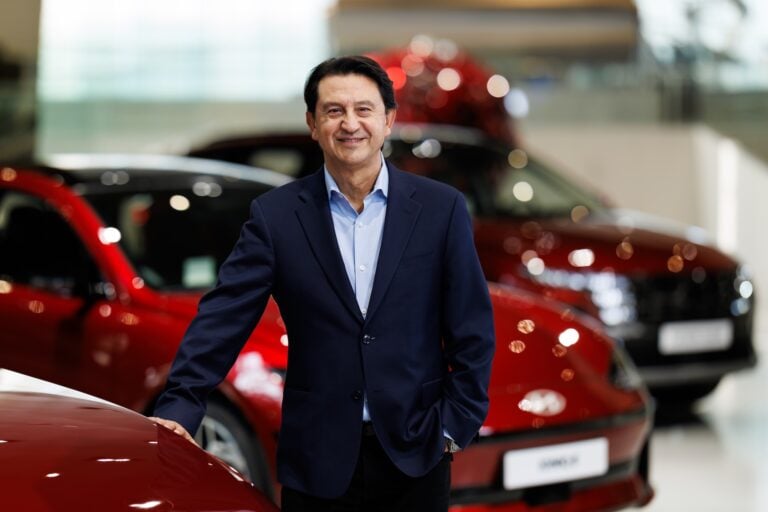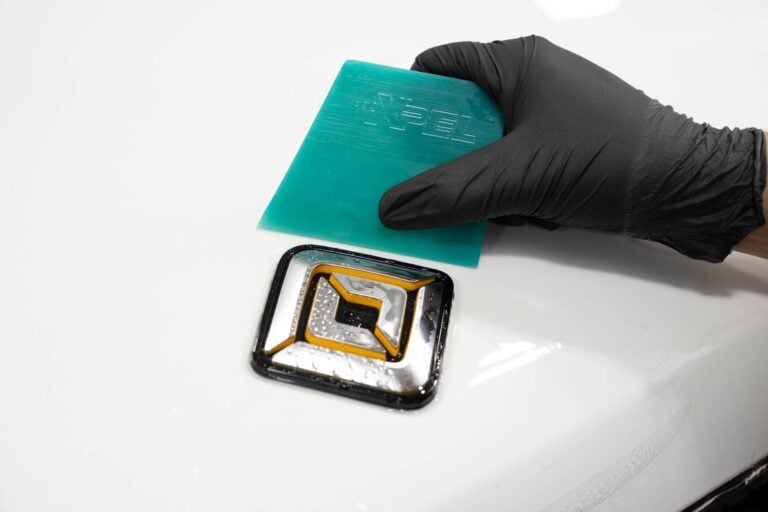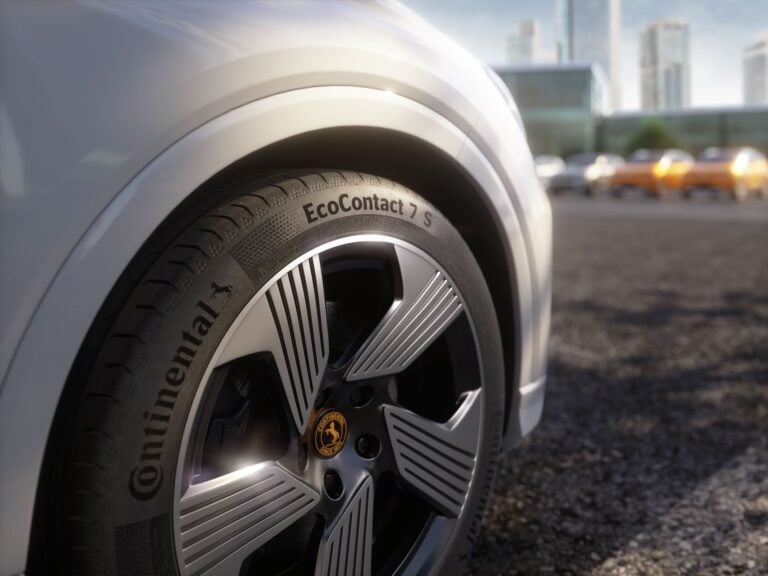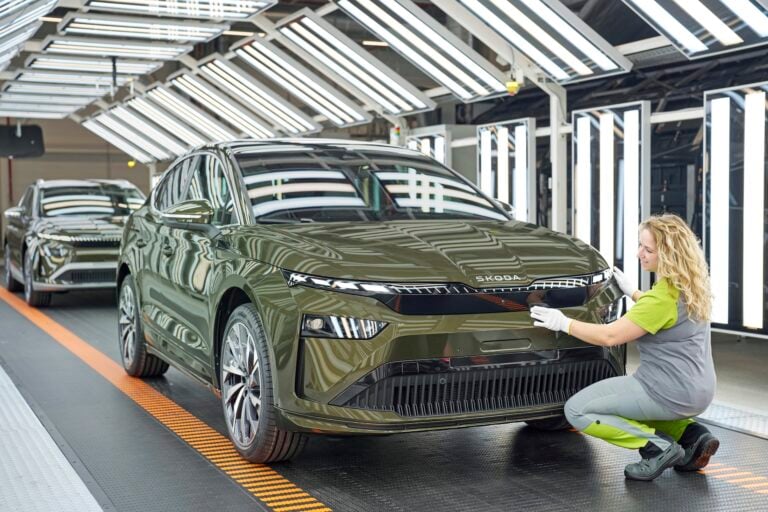By: Nic Tat, Principal, EV and Connected Auto, Intelligent Products and Services, Capgemini Invent
The electric vehicle (EV) landscape is rapidly evolving as both technology and consumer preferences shift. As automakers innovate new ways to drive EV adoption, more consumers confidently switch to this eco-friendlier method of transportation.
Between 2011-2021, the number of EVs on the road jumped from 22,000 to slightly greater than two million. In the coming decade, several factors are expected to continue to drive consumer demand for EVs, including mounting environmental concerns, increased options for vehicle purchasing, improved battery capacity, and cost savings.
The EV takeover
Vehicle electrification replaces car components that operate on a conventional energy source with mechanisms that operate on electricity. In the automotive industry, there are four different types of electric cars that are available to consumers. These include:
- Hybrid electric vehicles (HEVs): Hybrid technology has been around for decades, but officially went to market in 1997, when the first electric vehicle was manufactured and released. HEVs combine a conventional internal combustion engine with an electric propulsion system. The internal combustion engine does most of the work, while the electric motor runs the engine.
- Plug-in hybrid electric vehicles (PHEVs): PHEVs are similar to HEVs but require larger batteries that need to be plugged in to charge. They typically have larger electric motors, which allow the vehicle to run for a longer period of time. While drivers may want to charge their vehicles as often as possible, it is not a requirement to power PHEV batteries. EV batteries are happiest when operating or stored between 20%-80%. Smart charging is a recent advancement in battery management that keeps batteries from overcharging beyond 80% unless the driver needs the additional range.
- Battery electric vehicles (BEVs): This type of EV is powered solely by batteries. One benefit of a BEV is that there are only a small handful of moving parts, meaning little maintenance is required. For example, BEVs do not require oil changes or tune-ups, which results in major cost savings for owners of this type of vehicle. However, it is essential that drivers of BEVs are aware of their EV battery lifespan and can easily find charging stations since the car relies completely on battery power.
- Fuel cell electric vehicles (FCEVs): FCEVs are powered by hydrogen, which makes these vehicles more efficient than internal combustion engine vehicles. These EVs produce no harmful tailpipe emissions and only release water vapor and warm air.
Benefits of vehicle electrification
So, what does all of this mean? At a high level, many consumers lack sufficient education on the benefits of vehicle electrification. Below are several advantages that shoppers should keep in their back pocket as they look to purchase their next car.
- Less maintenance: An electric car requires little to almost no maintenance throughout the year. Removing the need for oil changes, part maintenance, and other ongoing appointments associated with gas-powered vehicles, can save drivers significant time and money.
- Reduced emissions and energy efficiency: Standard EVs, as well as PHEVs running in all-electric mode, produce zero tailpipe emissions. This significantly decreases emissions, which are a major source of pollution in the U.S.
- Advanced software: EVs are essentially powerful computers and are evolving into entertainment centers and workstations on wheels. New entertainment features that consumers previously didn’t think were possible are now included in these EV lineups. Some new EVs even allow video conferencing from inside the vehicle. Others are able to download everything from apps and programs to firmware upgrades via over-the-air updates. From streaming services to color-changing cockpit designs, drivers are experiencing the future of the automotive industry from their driver’s seat.
Challenges preventing widespread adoption
While EVs offer numerous benefits, there are several trade-offs that consumers should be aware of as they compare these vehicles against conventional internal combustion cars.
- Lack of robust charging infrastructure: According to research, nearly 80% of the public cite the lack of charging infrastructure as a primary reason for not buying an EV. This phenomenon of “range anxiety” is a concern that is consistent among residents of cities, suburbs, and rural areas. EV users must plan their driving routes carefully, mapping out available charging infrastructure to avoid running out of power. Unlike gas-powered vehicles, running out of power can’t be solved by a quick stop at the gas station.
- Unbalanced climate control: Running the vehicle’s heat and air conditioning while driving in extreme hot or cold temperatures can be necessary at times – but is also impactful in an EV. To power the climate control system, EVs use battery power, which draws down the energy from operating the car. Less battery power means more charging, which in turn increases the cost to operate the vehicle.
- Higher price tag: Batteries are the most expensive part of an electric vehicle and are the main factor behind the high cost associated with owning an EV compared to a conventional vehicle. What’s further, many EVs are sold by luxury brands or by original equipment manufacturers (OEMs) that will make their most expensive car electric.
The road ahead
Automotive suppliers and investors are spending billions to position themselves as key players in the EV market. To understand and keep up with the competitive landscape, enterprises should consider investing more into research and development (R&D) efforts, which will unlock new technological innovations and ultimately prepare OEMs and consumers alike for a future of electrification.
Finding solutions to challenges associated with cost, supply chains, and sustainable development is of paramount importance. For example, the environmental issues associated with electric vehicle battery development is an ongoing concern for manufacturers and consumers. Although the current generation of EV battery developers are already overcoming the issues associated with the environmental impact of these battery materials, the more research that organizations invest in, the higher chances there are for new batteries to be developed.
Additionally, the availability of charging infrastructure needs to accelerate to provide service to the impending market saturation of EVs everywhere. With a majority of urban drivers living in multi-unit dwellings, they may not have access to at-home charging. They are dependent on public charging infrastructure to recharge their vehicles. In the future, with charging infrastructure widely available, recharging vehicles could happen at every stop, whether it be at a retail store, restaurant, grocery store, or a former gas station.
With automotive manufacturers putting an increased effort into convincing shoppers to move from traditional cars to EVs, it’s safe to say that electrification will continue to disrupt the automotive market.

